Search Intent: Ultimate Guide for Beginners
The best way to gauge how we should optimize our pages for a given query or keyword is to check its search intent. It might sound daunting but search intent is a relatively simple concept to grasp provided that you have sufficient knowledge on the foundations of SEO. Recently, Search intent is one of the most important factors to consider when you’re trying to rank for any keyword on Google.
Search engines detect the pages they want to rank according to the quality and relevance of the content, and this is why search intent is important. The pages that rank the highest fit the search term perfectly which is why you need to optimize your site’s content to cater to a specific search query. So you need to have a firm grasp on what search intent is and how you use it to get to the top of the rankings and here’s the guide that can help you with that.
What is Search Intent?
Search intent is the goal behind the user’s query. Simply put, it’s the reason why they’re searching using a specific keyword. They might be looking for information, a product, reviews, or even services.
It’s a topic that marketers always want to understand and make use of since there’s nothing better than serving what the users want when they see your brand. There are downsides to search intent, especially for generic or broad keywords/queries. Here’s an example:
The search query “laptop” is broader and it’s more difficult to determine the intent behind it compared to the query “best laptops under $200 2021”. Why? Because “laptop” can entail a lot of interpretations. It could mean that the user is looking for a picture of a laptop or maybe they’re even looking for a list of the best laptops under $200 and every interpretation in between. But for “best laptops under $200 2021” there’s only one possible interpretation behind the query – the user is looking for the best laptops under $200 this 2021. This is why we SEOs need to choose our battles properly when trying to decide which queries/keywords to target.
With all this information about search intent, the best way to start understanding and delving deeper into this topic is to learn about its different types:
Types of Search Intent
Informational Intent
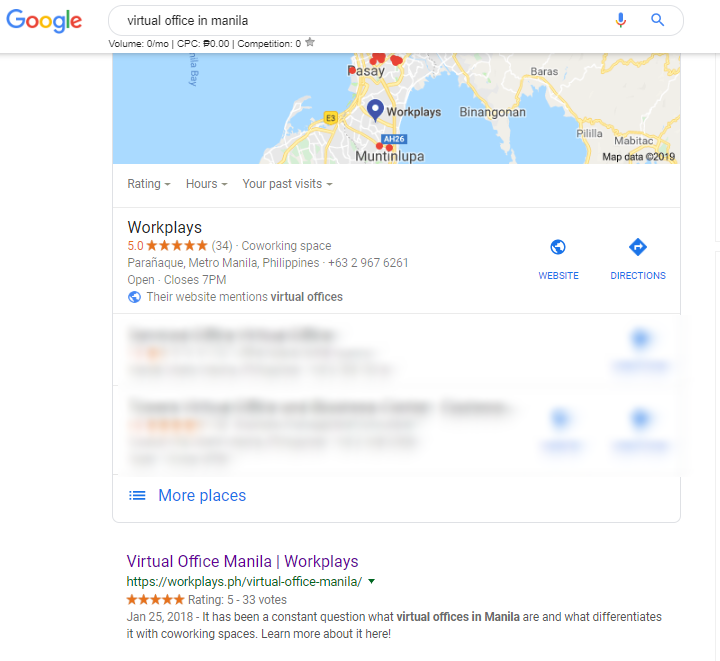
Informational intent is from those who have a specific query that they want to learn from. For example, there are those who search for Virtual Office in Manila. In return, a Landing Page will supply them with the information on what it is and how it can help them in their particular question. Content that is centered on informational intent would mostly consist of facts, significant benefits, history, overviews, summaries, etc.
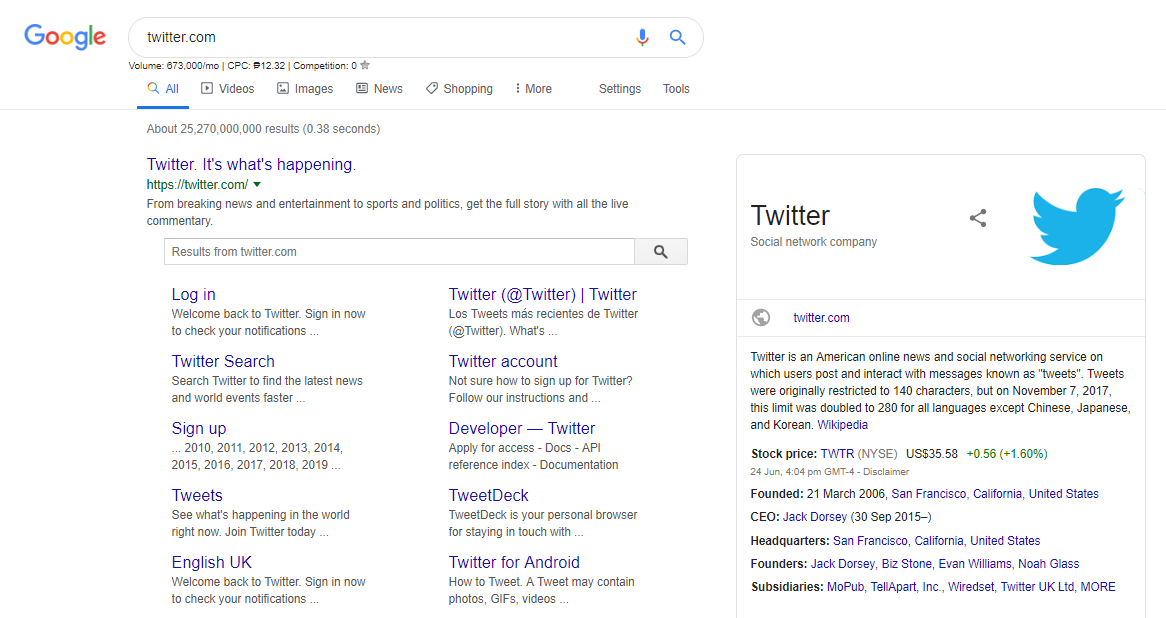
Navigational content is the type of search intent wherein people use the search engine to go to a specific website. A navigational term would be great if you want clients to find your business instantly. If a broad keyword is from the navigational intent type, chances are that your competitors are also aiming to rank for it so you should generate content that can pull up your ranking and increase your organic traffic.
Transactional Intent
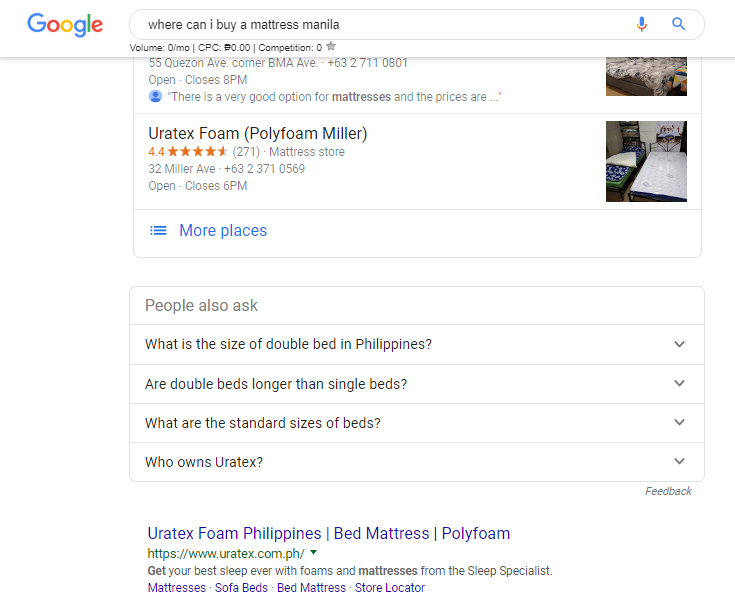
Transactional search intent is for people who are looking to find a site that can give them the best value for their money. As the name suggests, this intent type is focused on the goal of the search query ending in a transaction with both the business and the buyer receiving a benefit from it.
Commercial Investigation
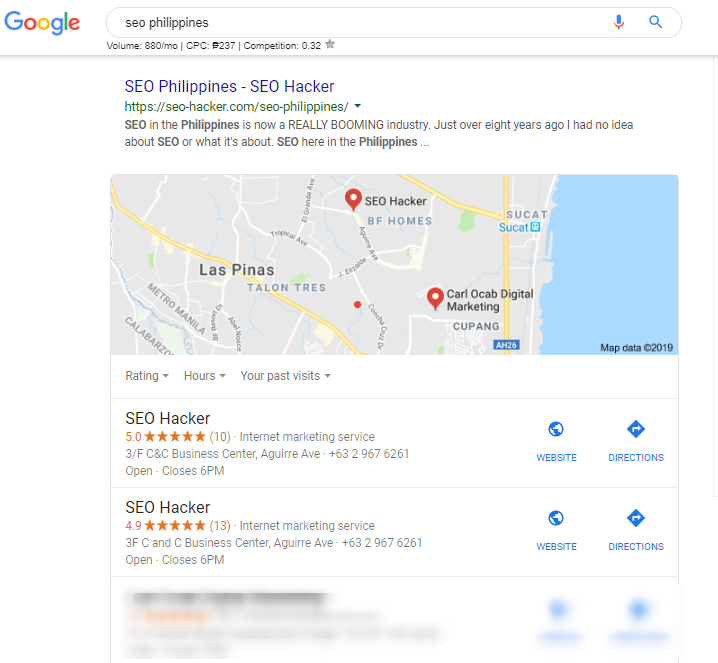
Similar to the transactional intent but with people looking into more options instead of focusing on one. They may not be ready to buy immediately, but they are investigating which are the best products or services they may purchase in the future. So keywords would be about finding the best plugin, an alternative to a current tool, or just a simple product comparison.
Why Search Intent is Important to SEO
There are three primary reasons why Search Intent is important to SEO:
Improved Rankings
Google puts importance on search intent since its primary goal is to serve the most relevant and useful results to the users. This means that if you’re serving the right kind of content for the users, then you’re already halfway to the first page of the search results provided that you already have your other factors optimized.
Additionally, if you’re serving the right content for the user’s intent, it increases your site’s CTR (clickthrough rate) which is an important factor for Google to rank your page higher. The more clicks you gain by serving the right content increases your chances of ranking even higher since it signals to Google that users found what they’re looking for on your page.
Improved Visits/Conversions
When you’re satisfying the user’s intent, it helps you retain them inside your website. Providing users with the information or content that they’re looking for stops them from needing to go through other websites to find the information they need. Not only do they stay on your page, but they also engage better since you’ve already given them what they want.
This also increases the chances of them converting into leads or even sales since you’ve already provided them with what they needed. Lastly, with this increase in visits, retention, and conversions, users tend to interact more with your site by looking at pages related to the answer they found or other pages they’re interested in. So, through serving the right kind of content for the user’s intent, not only did you increase the visits to your site but also gained engaged users that have higher chances of converting.
Improved Brand Awareness
With the aforementioned reasons, it’s only a matter of time before your site reaches the top of the search results. Not only does this mean improved industry-wide authority and trustworthiness in the eyes of Google, but it also allows your users to become aware of your brand. Always seeing it at the top of search results for related queries, providing the right kind of content will allow familiarity and awareness to develop in the users for your brand.
With all these reasons, it’s time for you to integrate the concept of search intent into the different SEO processes you have, and here’s how you can do it:
Search Intent Optimized Keyword Research
Understanding User Search Intent
By understanding how, what, and why people search, you would be able to find the best keywords that would drive organic traffic to any website. There are many ways to help you understand user intent for your keyword research, and some of them are handy tools that you might have used before as well. Here are some of these tools:
Google Trends – One of the more effective keyword and content research tools around, Google Trends allows you to see keywords and topics the generate the most buzz in a specific region. You have the option of tracking their statistics over certain time periods, and even compare each topic or keyword side by side.
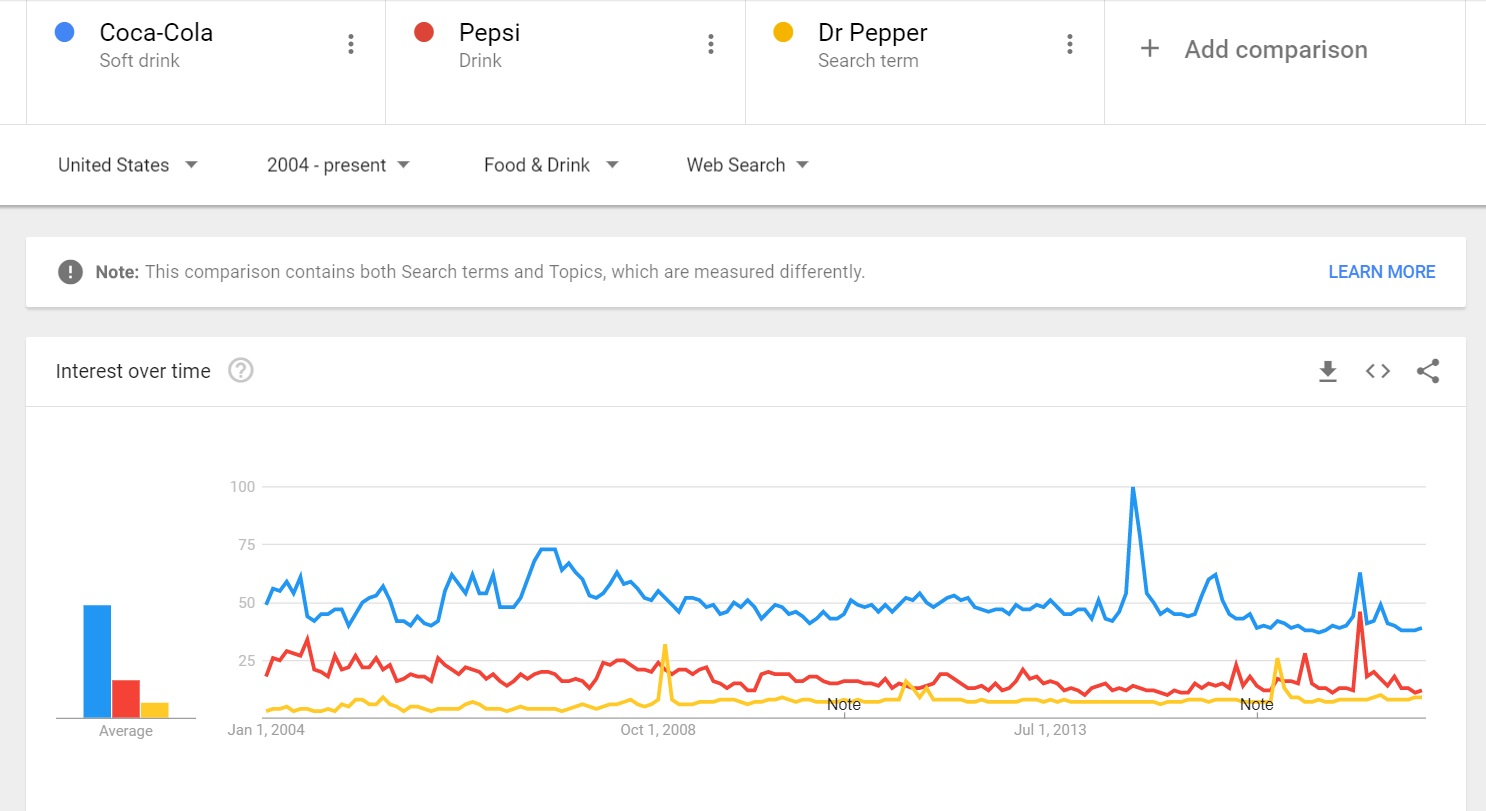
Quora – One of the most popular Q&A websites around, Quora is a great place to see user-generated questions that you can use to generate keywords. Quora is a platform that has been used by numerous SEO professionals to generate traffic for their content, and now, its questions can be used to formulate keywords.
Ahrefs – One of the most effective keyword research tools in the market, Ahrefs is also a great place to find a wide variety of related search terms that you can utilize to formulate terms that would help you generate traffic.
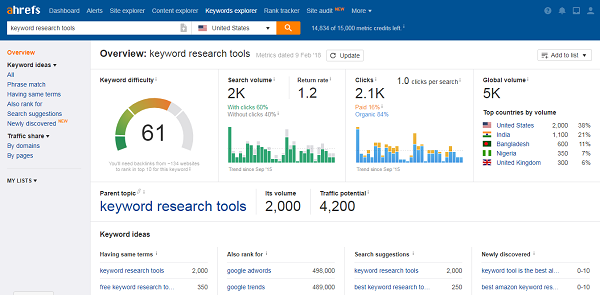
Answer the Public – Another top location that would help you find quality search terms and analyze search intent is by using Answer the Public. You have the option of going through numerous types of queries and question types that users would most likely try out.
SE Ranking – One of the best all-in-one SEO tools in the market today, SE Ranking has a competitive research feature where you can check all your competitor’s SEO data and this includes the keywords they’re ranking for. SE Ranking recently updated its competitive research function to include historical data which enables you to check your competitor’s data for a given timeframe/date range. So, you can use the data you see to check how your competitors are doing for your shared keywords and their movement in SERPs. This allows you to check which competitors are doing great and you can immediately adapt your strategy to match theirs.
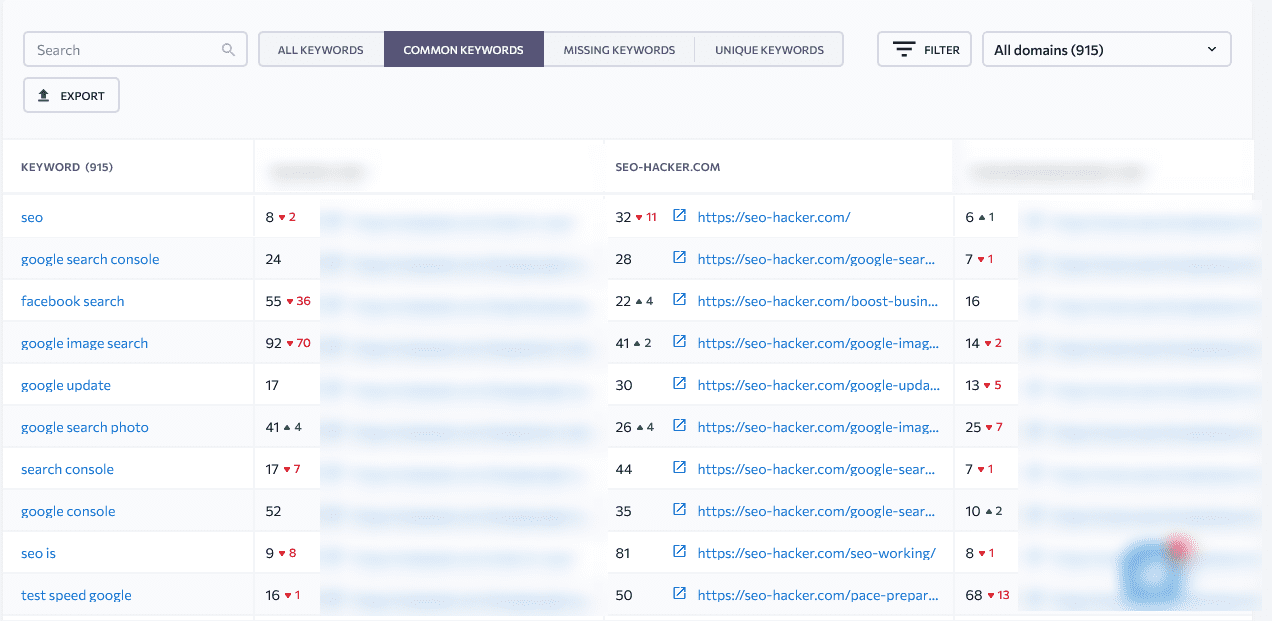
Online Forums – Sites like Reddit offer a lot of content related to inquiries as well, making it another great platform to analyze user intent. Going around other online forums is also another solid approach, as these have been the best places to ask around the internet for years, providing you with a massive archive of queries waiting to be utilized.
Tinkering with Google or even Facebook Search might also help you find interesting results that allow you to see how people look around on the internet. This makes crowdsourcing for information another viable method of finding unique and genuine results that come from actual users.
Why Traditional Keyword Research Isn’t Effective Anymore
While traditional keyword research is still able to help you find keywords that generate a significant amount of traffic, the arrival of voice search was a signal to a lot of SEOs that this might no longer be an effective method in the near future. This means that we have to diversify our strategies and use fresh methods that would help us find what we are looking for.
While this may lead to bumps along the way, the ultimate reward of experimentation makes it all worth it after a good number of tries. One of the traditional keyword research metrics that is used as a measurement of keyword success is search volume. While search volumes tend to give you a good assessment of keyword performance, there are times that they might be inaccurate, especially on more specific search terms that might be more helpful for your rankings.
While completely moving away from tried and tested methods is still not advisable, finding new ways to generate keywords that understand user intent allows you to get out of your SEO comfort zone, and create your own unique approach to keyword research.
Create a list or chart of your keywords
Once you have done your research, it is time to categorize each search query and put them in a list or chart, depending on your preference. This allows you to identify each search query accordingly, and even connect each of them to formulate more queries.
It is best to start with single root words and branch out from there. From there, you can add elements such as brand names, key prefixes or suffixes, categories, geotagging, adjectives, and even common phrases used when asking. With a plethora of information mostly consisting of unique search terms, there is no doubt that you might have an overwhelmingly long test after doing this. This is why filtering your list is the most crucial step towards finding the best search queries that would fit your needs.
After looking for the right, search intent-optimized keywords to target, it’s time for you to make search intent optimized blog content to serve your audience:
How To Make Search Intent Optimized Blog Content
Give Advice For Informational Queries
Users who search for keywords with an informational search intent are looking for answers to their questions. These answers can vary depending on their needs, but Google’s algorithm can detect the context of their search and bring up the most relevant pages. For example, the keyword “barley grass” brings up informational articles that talk about its health benefits rather than pages created to sell barley grass products.
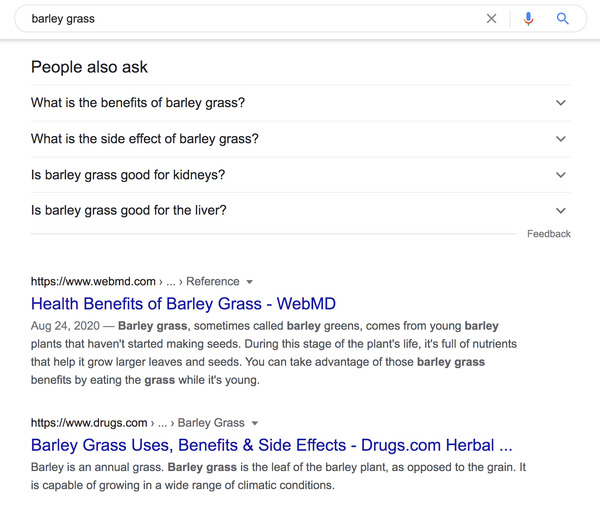
To make informational search intent optimized blog content, give your readers good advice. Here are a few ways that you can do just that:
The best way to create content for a keyword with an informational search intent is by simply answering the user’s query. That’s it. Take a look at the knowledge graph our team created for the keyword “refrigerator cleanings tips”. It’s simple, relevant, and informational.
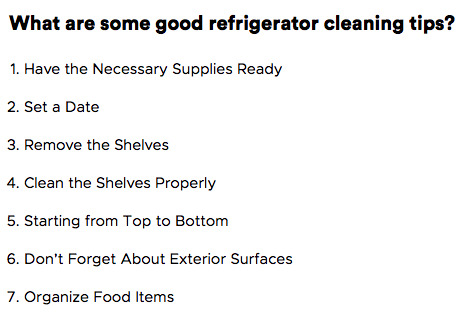
Suggest Relevant Products
If the user’s search query is looking for product options to address a need they have, your blog content should focus on suggesting relevant products to them. Make sure that instead of promoting your products, you focus more on promoting their benefits. Here’s a sample from a blog that we created for people looking for anti-aging supplements:

These types of blogs can also be utilized for keywords with transactional or commercial search intent. All you need to do is focus on the right parts that can address the user’s needs.
Provide Details For Transactional Queries
Keywords with a transactional search intent are there to help searchers looking to purchase an item. They already know what product they want to buy, the question is where they can get it. The right way to optimize your blog content for keywords with a transactional search intent is to prove how your product can benefit them. Here’s how you can do it:
Show How Your Product Works
One way you can showcase a product is by writing about how it works. For example, if someone searches “kitchen flooring philippines”, you can come across one of the landing pages that our team wrote. Since the keyword has a transactional intent, we wrote about the client’s product and how it can benefit possible customers.
This can show the customer why out of all of the options online, they should choose to invest in your product.
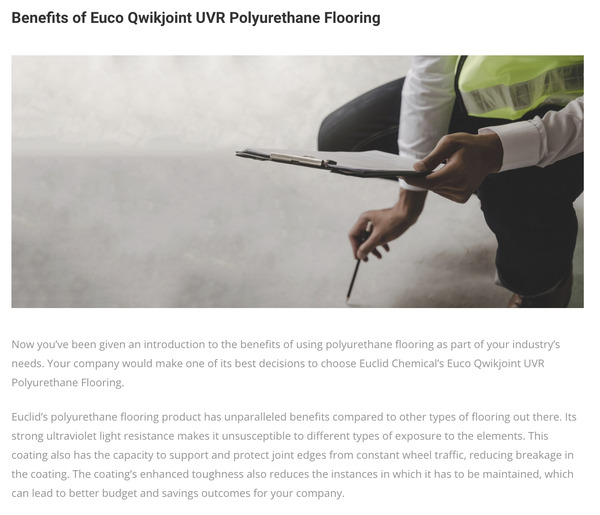
Show Alternatives For Commercial Investigation Queries
The last type of search intent that I’ll be teaching you how to write for is for commercial investigation queries. Commercial investigation search queries are for those who are thinking of purchasing a product in the near future. They want to know more about their options before they make their final decision.
One way you can create commercial investigation intent optimized blogs is by creating product comparisons.
Product Comparisons
If a product has left a searcher unconvinced, chances are they’re going to search for alternatives online. This is where you come in. Product comparisons can highlight the advantages of your product or service over your competitors. The goal is to win the customer over by showing them what they’re missing.
Here’s a short clip from an article we made:
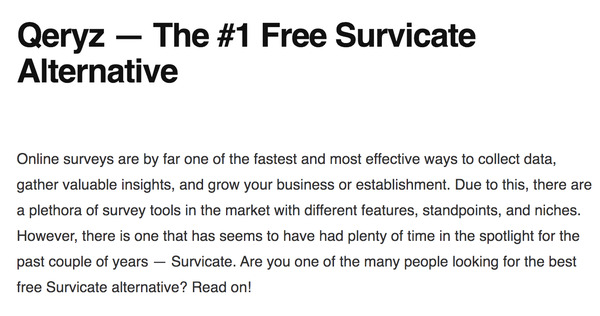
Importance of Audience Analysis for Search Intent
To go deeper into a viable blog and content strategy centered on search intent, it would also be of great assistance if you take a look at the different interests, demographics, etc of the people who visit your site and how you can cater your content to their intent. By looking at users who are actively on your site and have a brief overview of your services, you can provide an analysis based on data from Google Analytics.
Audience Analysis Based on Age
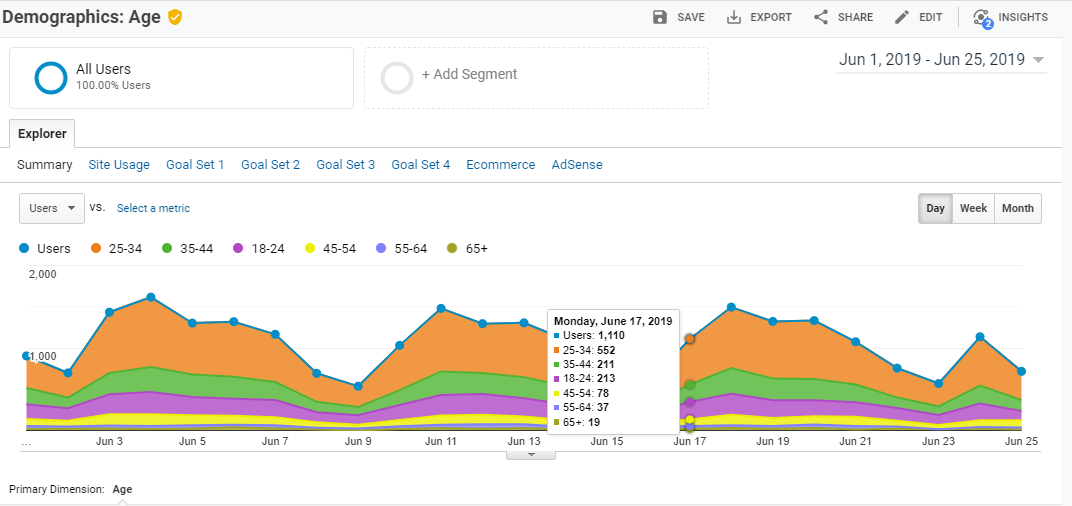
It would be impossible for you to know each one of your site visitors so looking into a simple demographic based on their age would tell you that these are the people who intend to be on your website. It may seem stereotypical but look at their age to determine how your content could be of interest to them. Additionally, trends can help you set up a content strategy since the trend that is popular for a particular age group will also attract them to your content so you should consider reading up on what they would be interested in.
Interest Overview
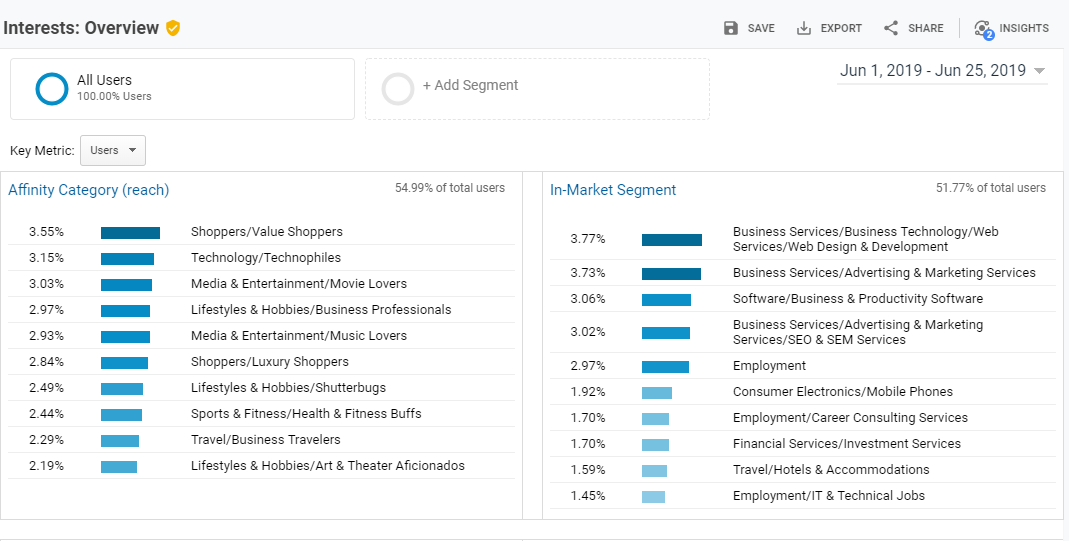
Of course, your site has a particular niche in your industry but you should also consider that the site visitors have other interests aside from your own. Content should never be subjective, you will know that it passes a high standard of quality when you satisfy the needs of your audience. It pays to know a little more about them so why not use this data to make a solid audience analysis?
Key Takeaway
All in all, the main essence of focusing on search intent is for your content to stay relevant, not only for the SERPs but for users as well. Content relevance would go a long way in relating your site to a particular search term or topic. Churning out content would be a waste if you do not optimize it according to search intent.
Search intent should always serve as a reminder to optimize your content. This will help a lot in providing value to your website, especially for SEO. Unfortunately, there are still bloggers who are struggling to keep up with this digital marketing initiative. With algorithm updates rolling out, it is critical that you stay on top of your game.
How do you optimize for search intent? Let me know in the comments below!
